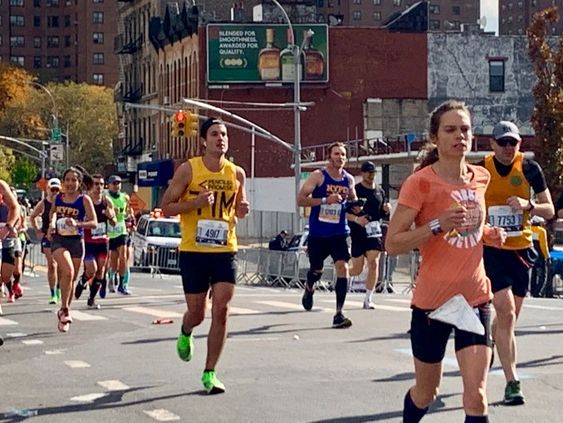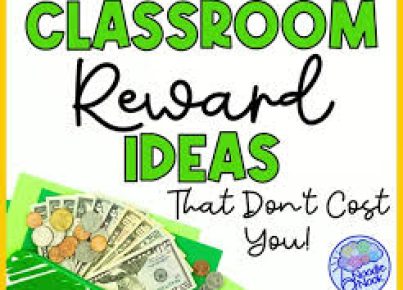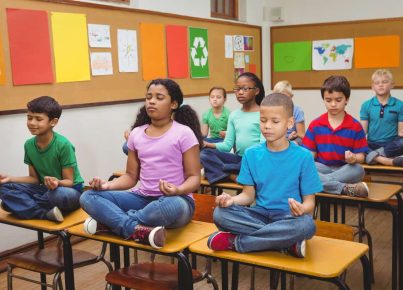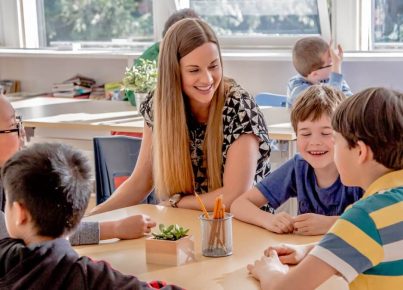Introduction
Museums are treasure troves of history, art, and culture, offering valuable learning experiences for people of all ages. As an intersection between education, leisure, and cultural enrichment, museums are well-positioned to host comprehensive and engaging enrichment courses. By capitalizing on their unique resources and collaborating with experts in various fields, museums can elevate their educational offerings and create a thriving learning environment.
The Importance of Enrichment Courses in Museums
Enrichment courses provided by museums offer a range of opportunities beyond traditional exhibits. Through these courses, participants can immerse themselves in specific topics related to history, art, science, or other fields that interest them. These courses often cater to diverse age groups and encourage an informed appreciation of the world’s cultural heritage.
Benefits for Participants
1. Enhanced Learning Experience: By incorporating hands-on activities, workshops, lectures, and group discussions, enrichment courses foster deep learning experiences that build on the museum’s existing collection.
2. Access to Experts: Enrichment courses enable participants to interact with subject matter experts who can provide insights into various fields of study.
3. Networking Opportunities: These courses often attract people with shared interests, providing an excellent opportunity for networking and building connections rooted in similar passions.
4. Skill Development: Depending on the course content, participants may develop skills applicable outside the museum environment – from art techniques to historical research methodologies.
Implementing Enrichment Courses in Museums
Developing successful enrichment courses involves careful planning and execution. Here are some critical steps that museums can follow to ensure effective implementation:
1. Determine Target Audience: Identifying the target audience is crucial in tailoring course content according to their interests and needs.
2. Collaborate with Experts: Collaborating with industry professionals or academic instructors ensures that the course delivers accurate knowledge supported by expert advice.
3. Utilize Museum Resources: Curate and incorporate the museum’s resources effectively to engage participants and enrich their learning experience.
4. Market the Courses: Develop a marketing strategy that promotes enrichment courses through the museum’s website, newsletters, or social media platforms, attracting potential participants.
5. Gather Feedback: Collect feedback from attendees and instructors to continuously improve the content and delivery of future enrichment courses.
Examples of Enrichment Courses in Museums
Here are some creative ideas for enrichment courses that museums can offer:
1. Art Appreciation Series – Explore different art movements across history, including workshops on specific techniques.
2. Interactive History – Delve into a specific period in history, with sessions that combine lectures, discussions, and practical activities like historical costuming or cooking.
3. Natural Science Workshops – Introduce participants to various aspects of natural science through interactive activities such as wildlife sketching, specimen preservation, or scientific illustration.
4. Cultural Immersion Programs – Immerse participants in the culture and traditions of specific regions through dance, cuisine, language, and art workshops.
Conclusion
Running enrichment courses in museums adds another dimension to these cultural institutions’ educational impact. By diversifying their offerings with engaging and informative sessions, museums can broaden their appeal to different age groups and interests while fostering deeper appreciation for their collections’ underlying subjects. Investing in enrichment courses can not only boost their cultural significance but also contribute to the overall advancement of education within our communities.





